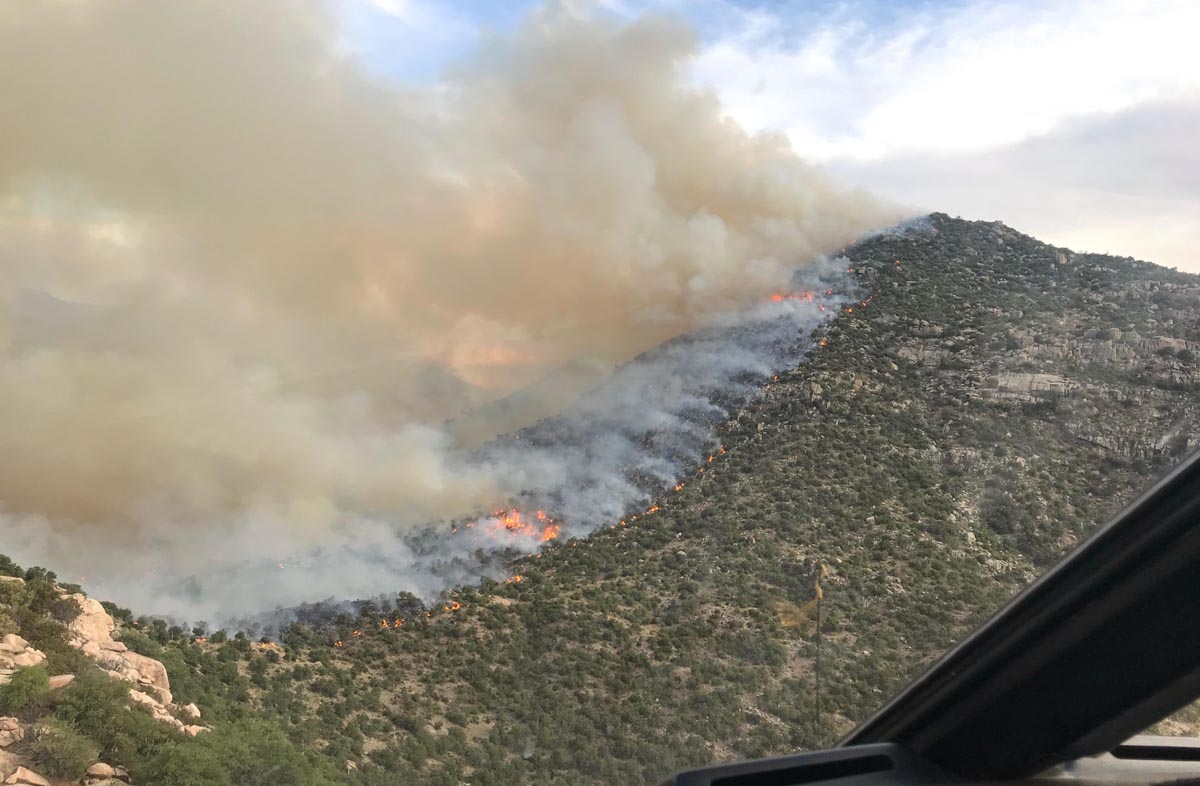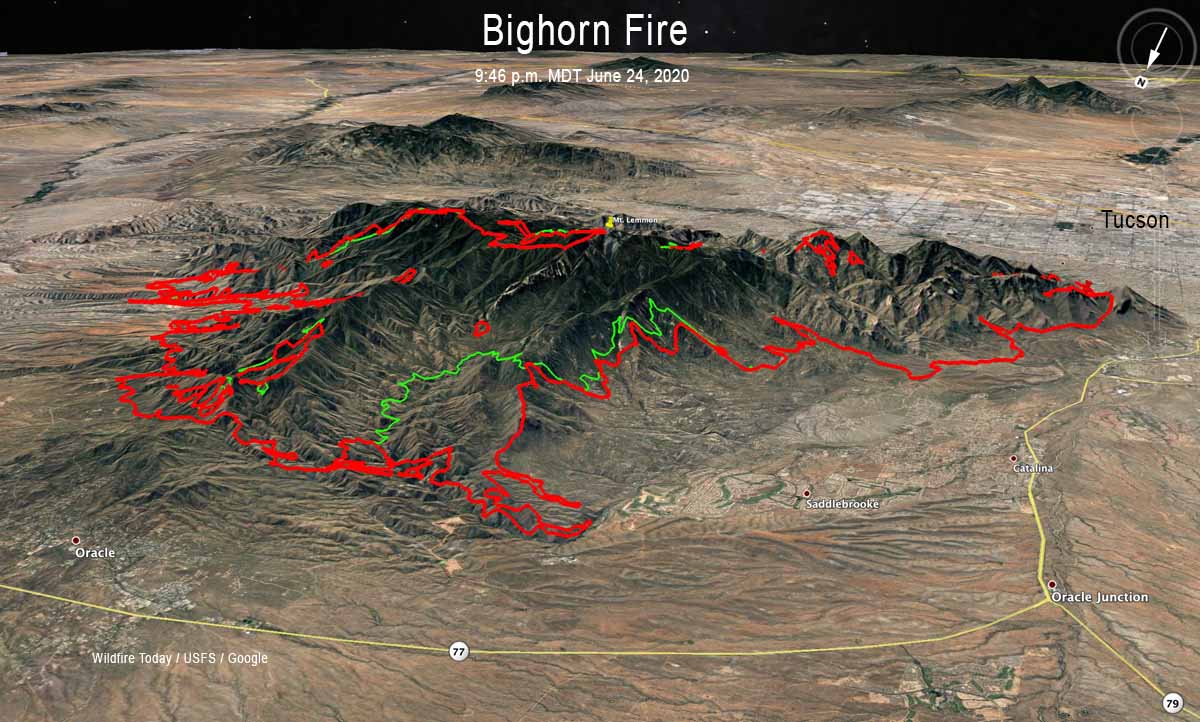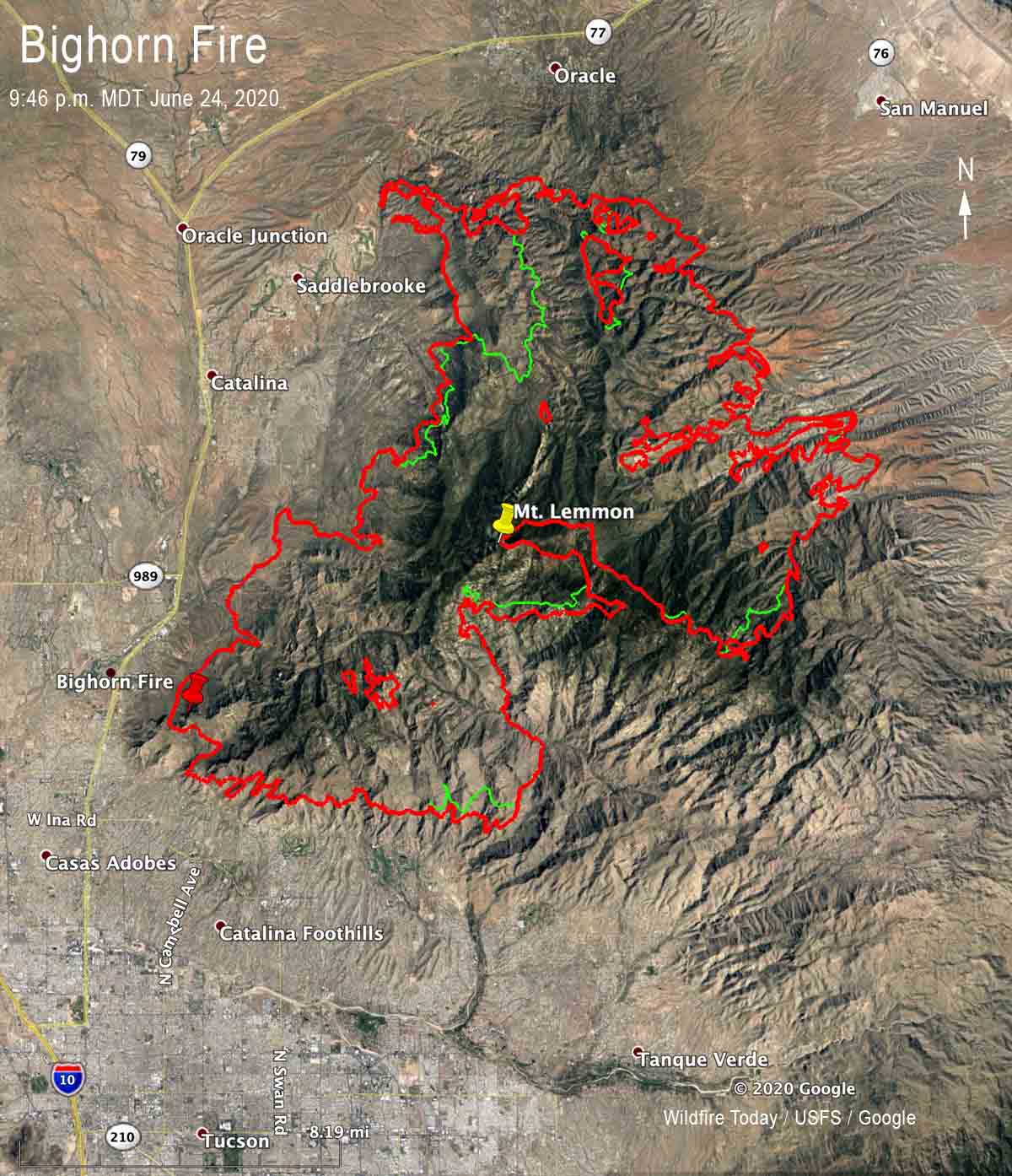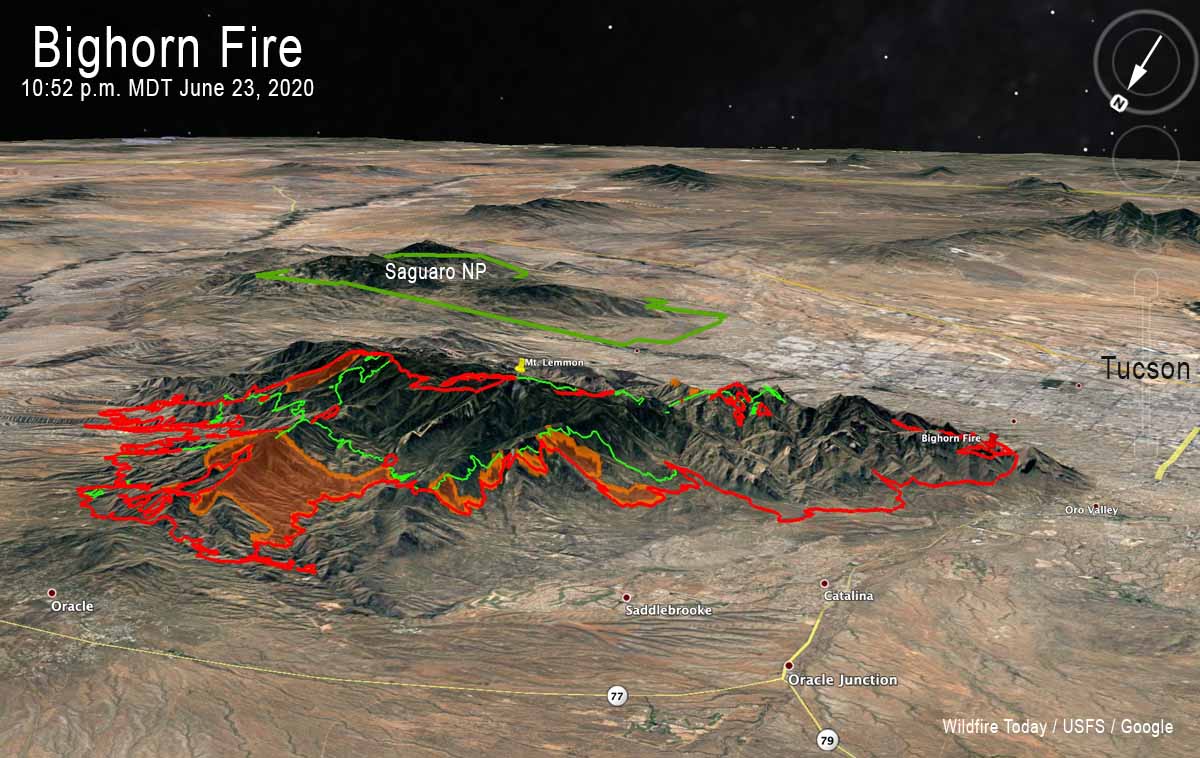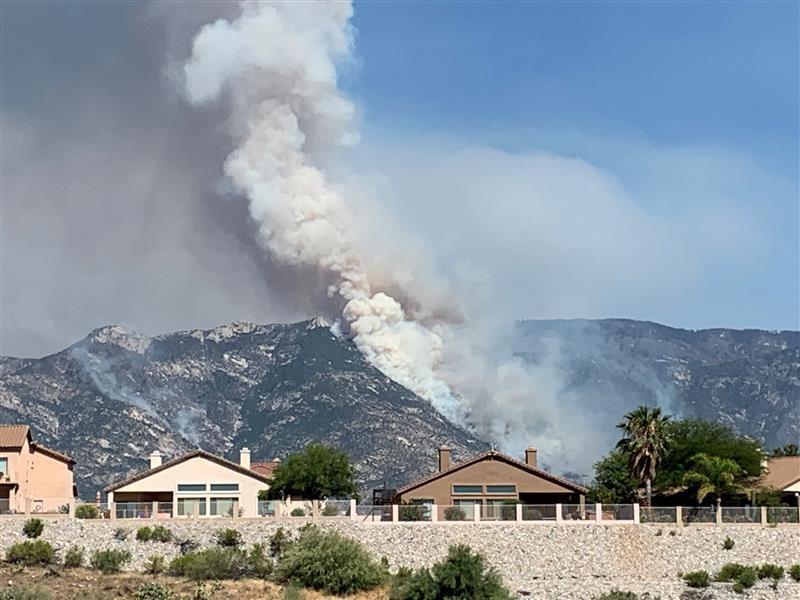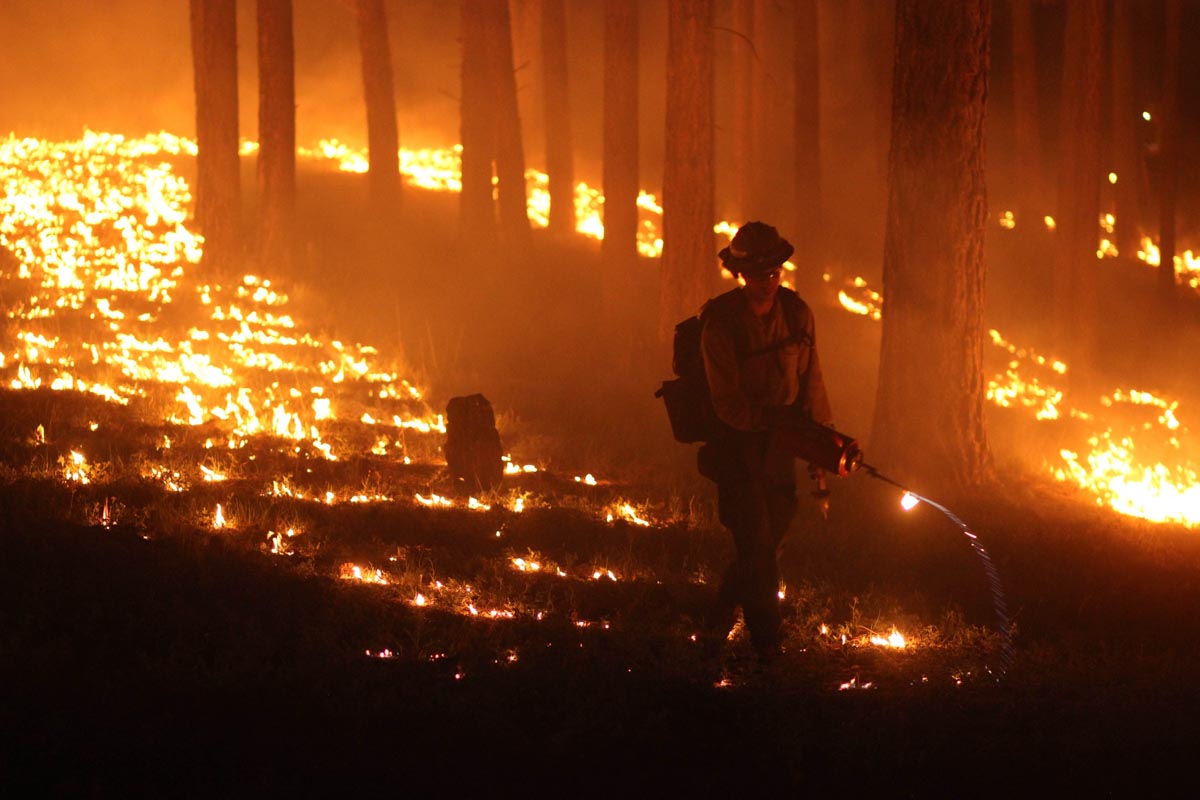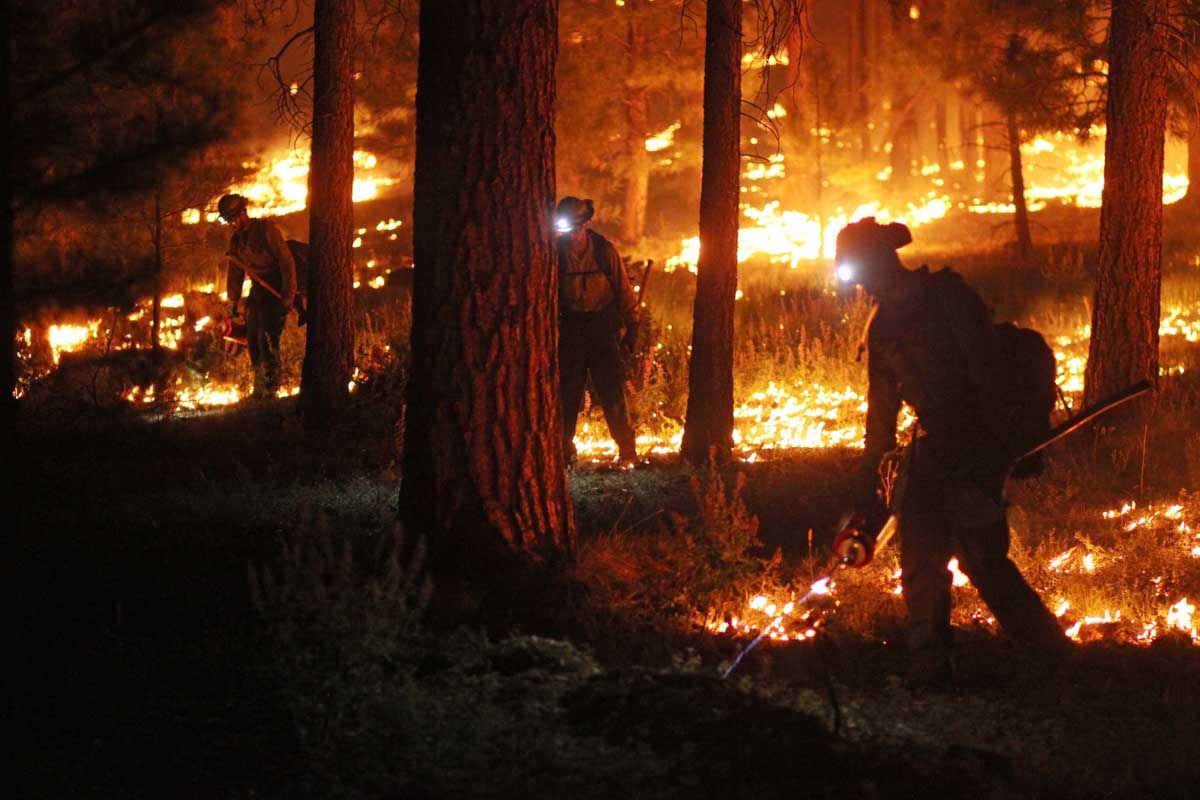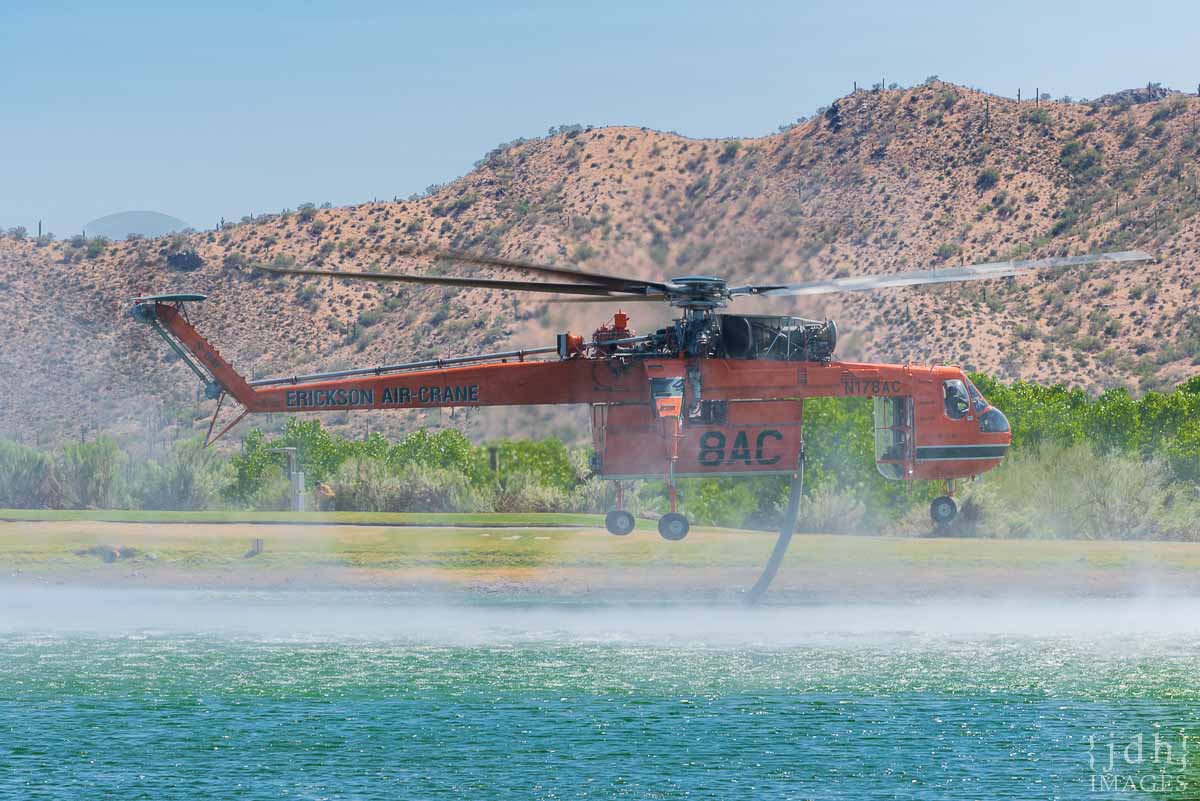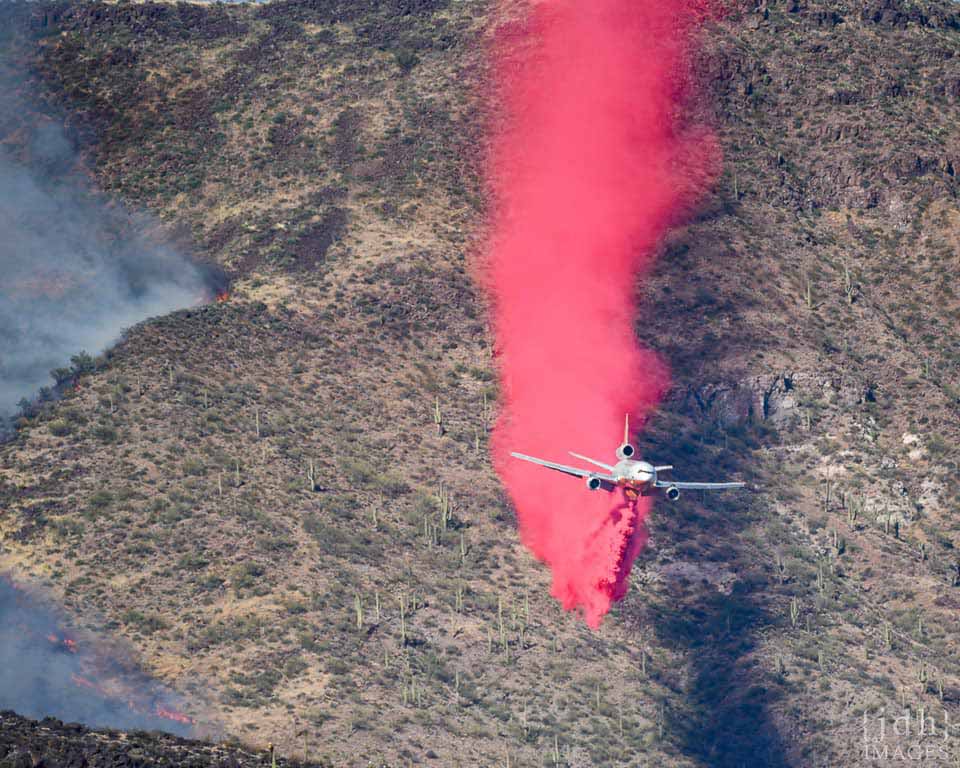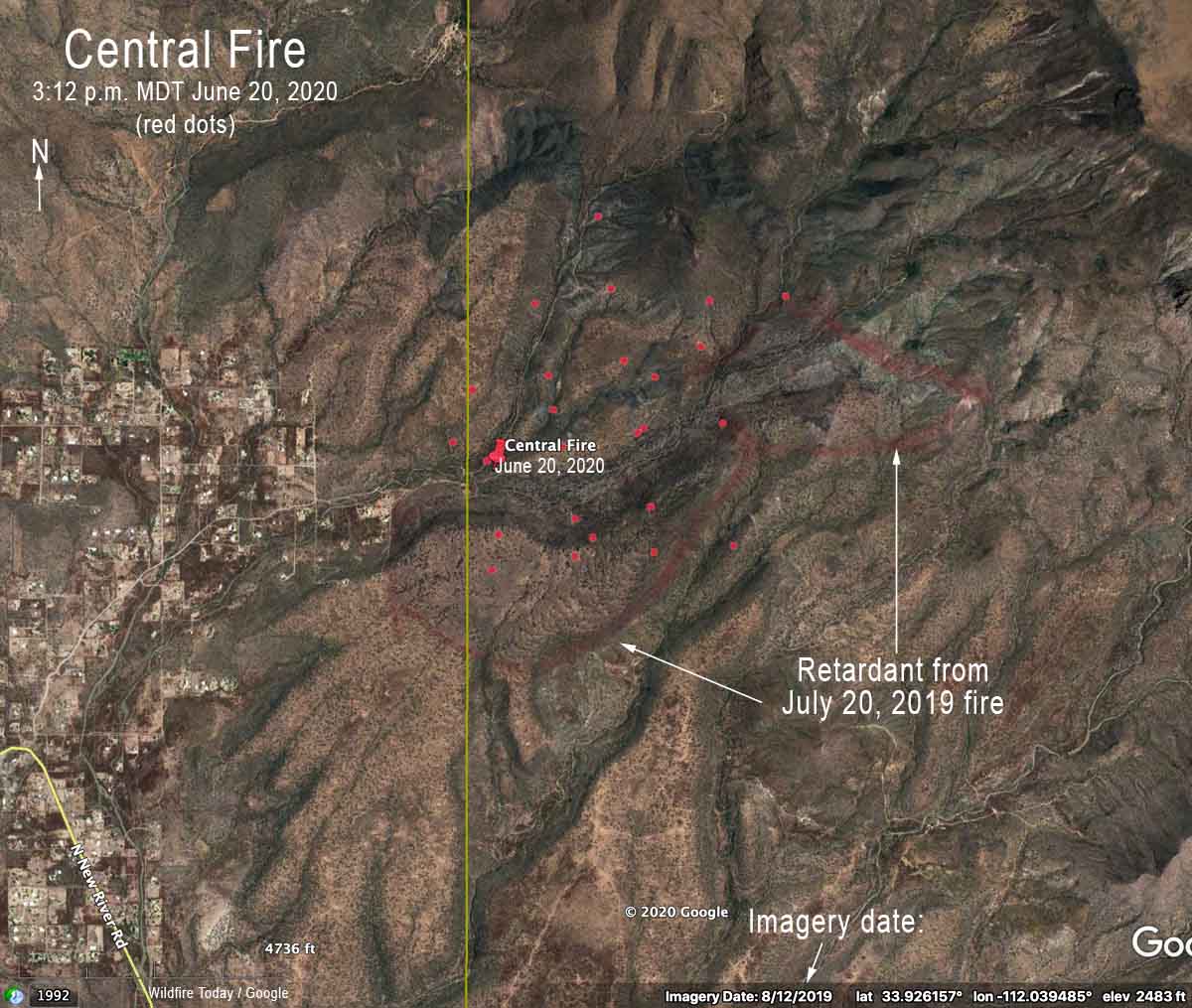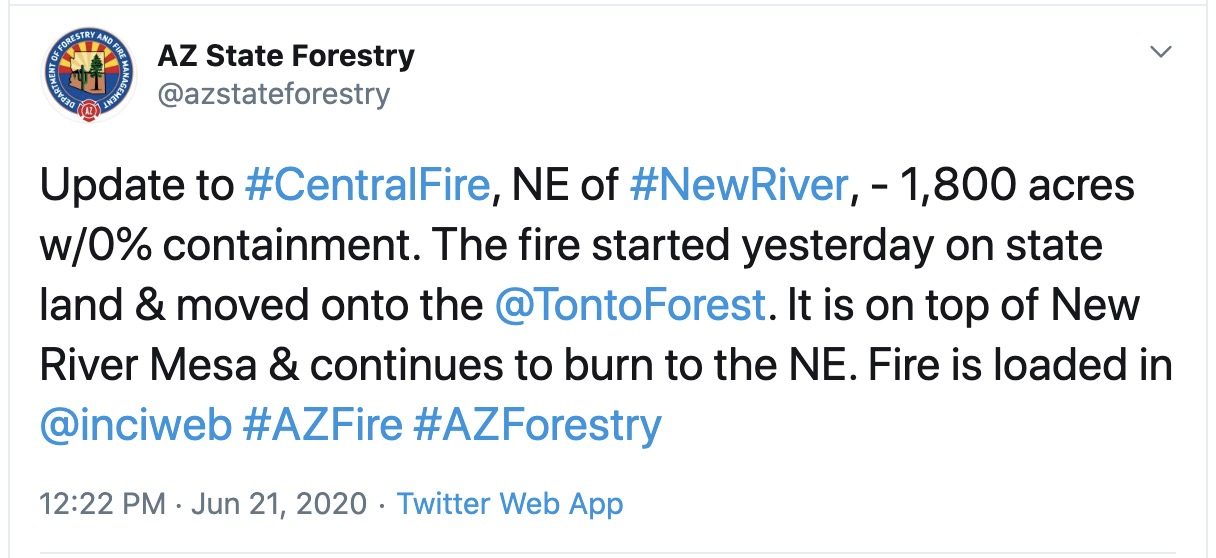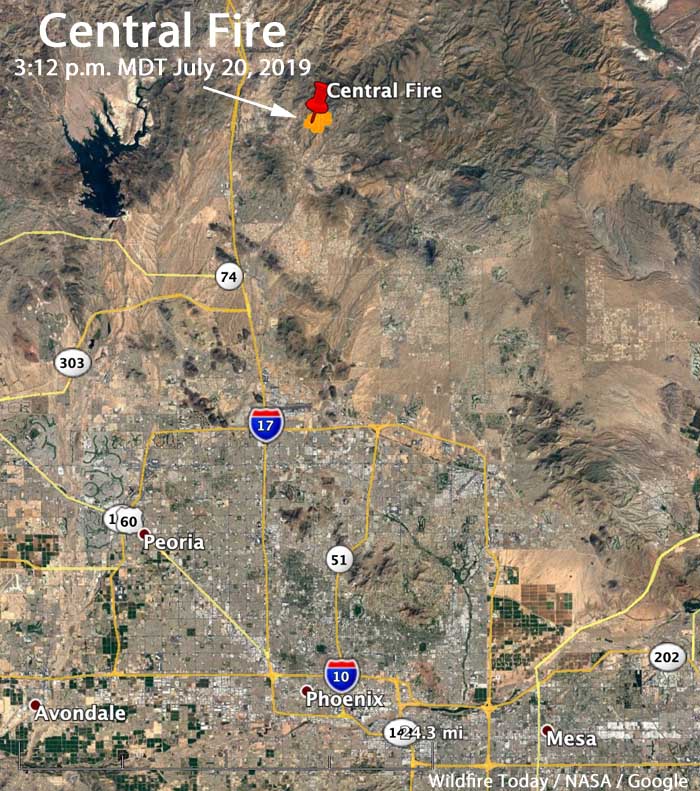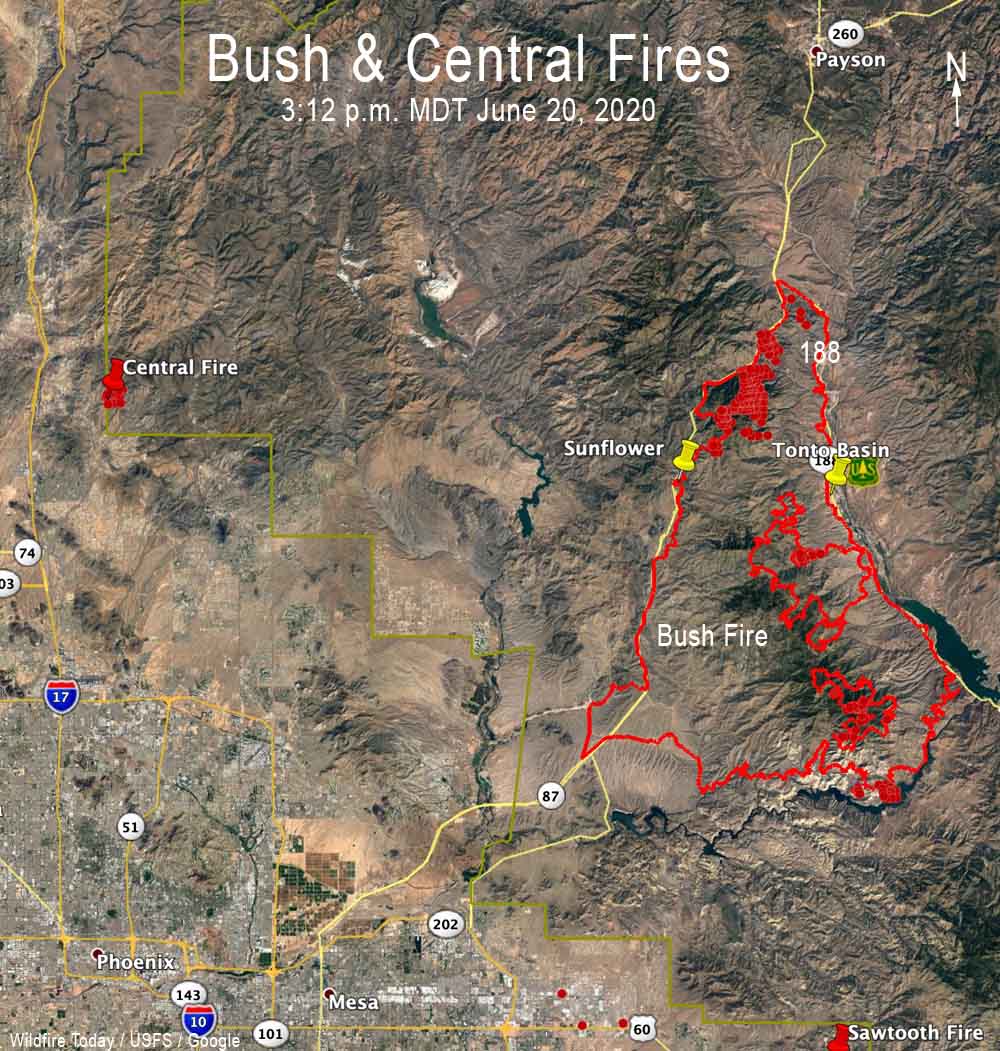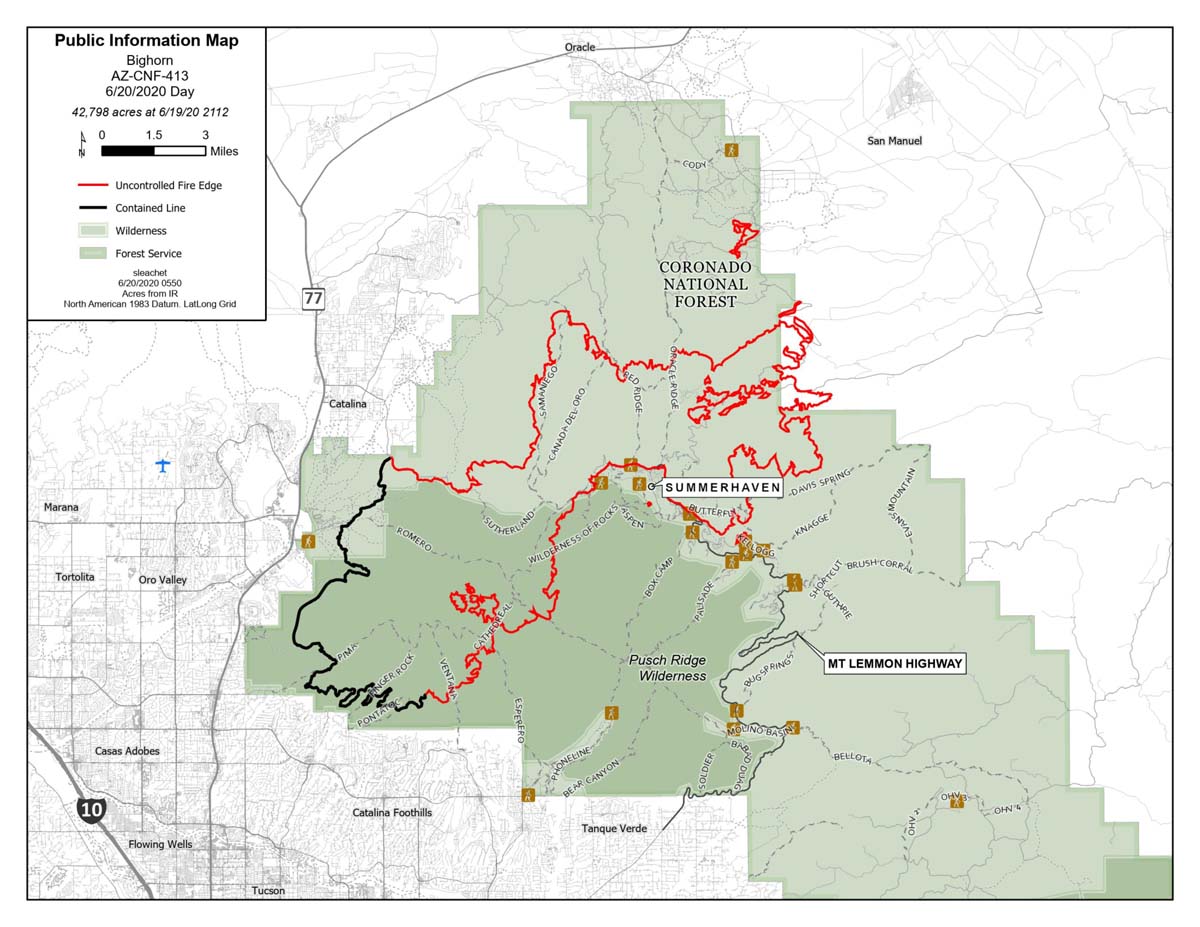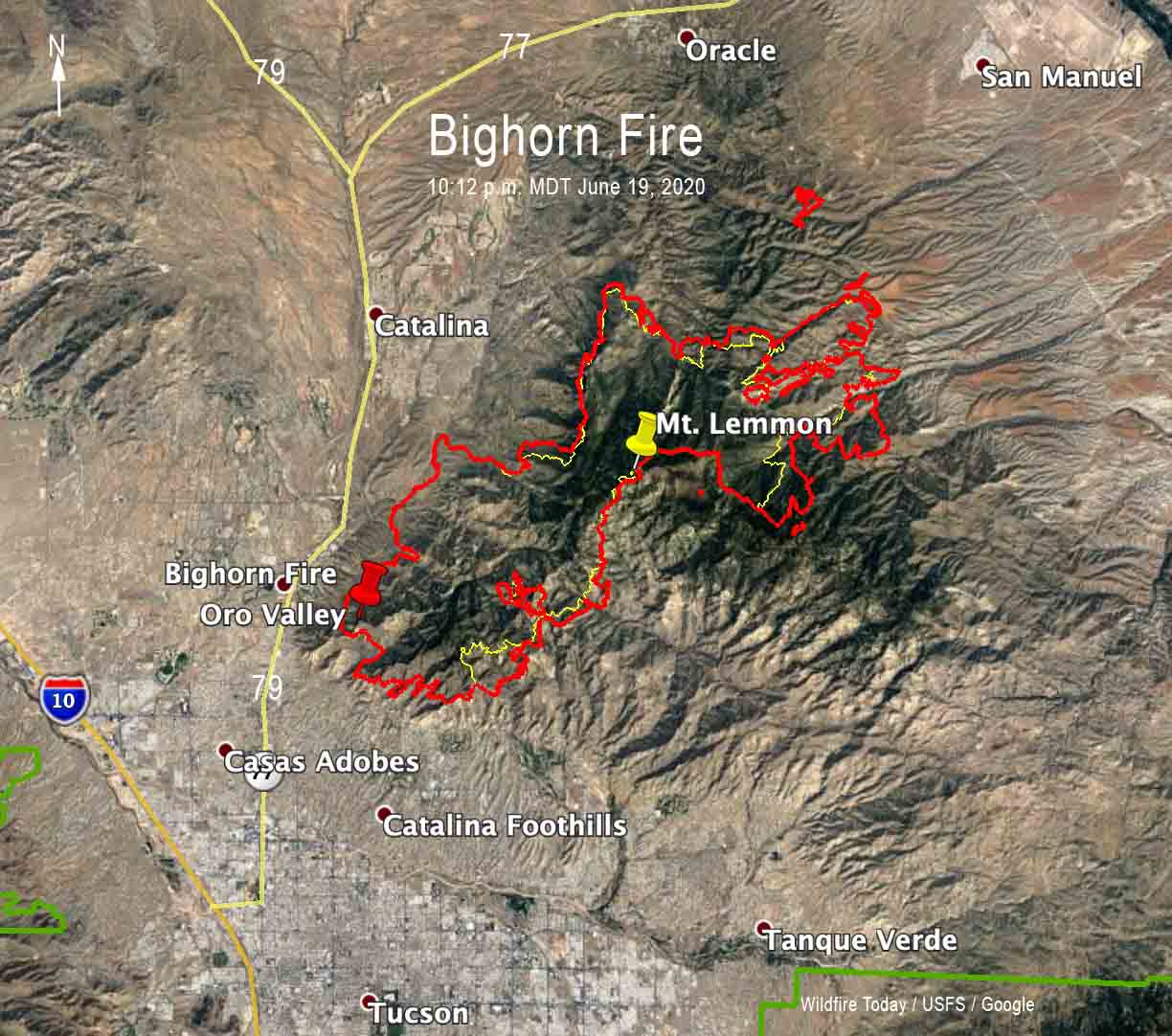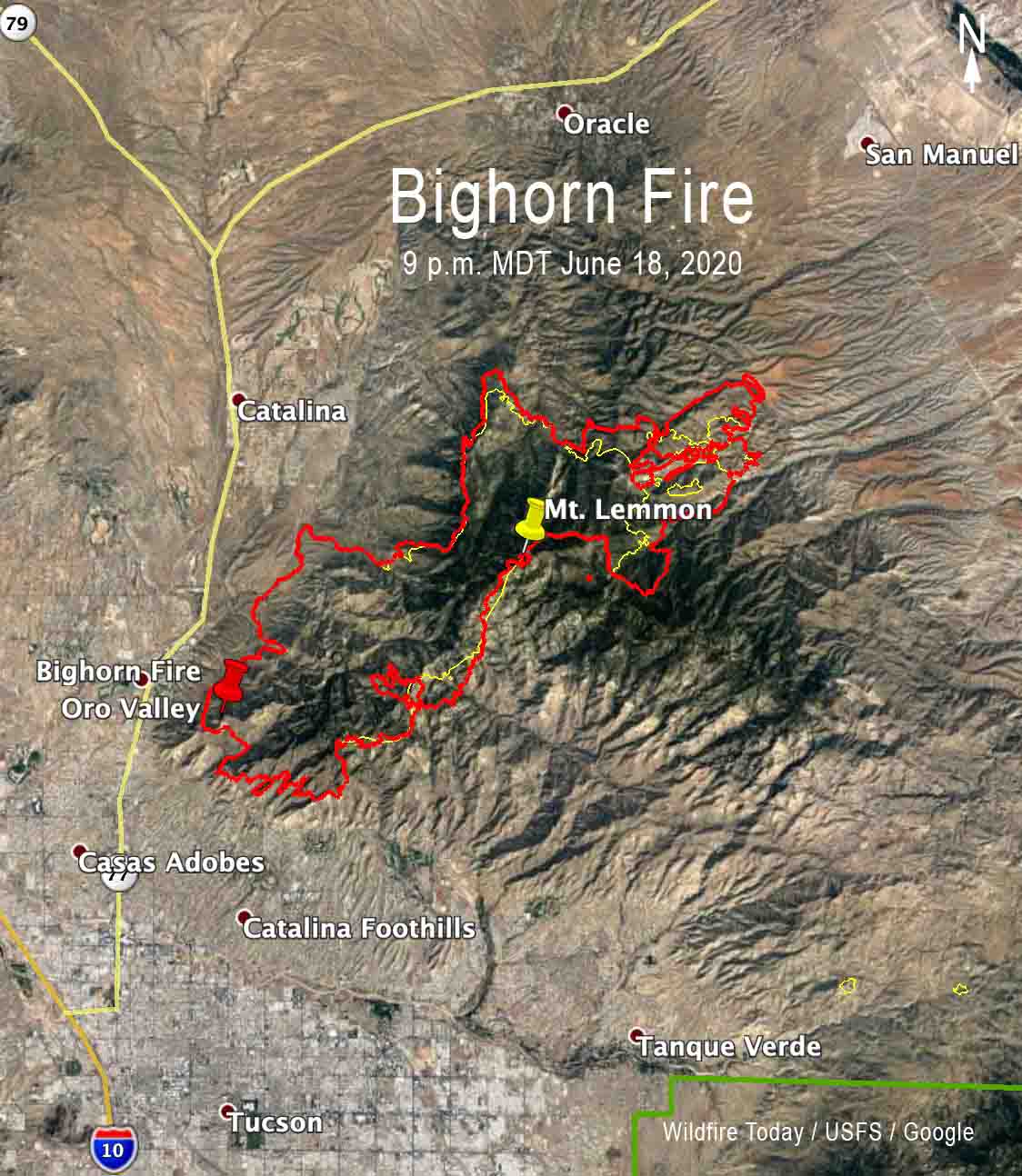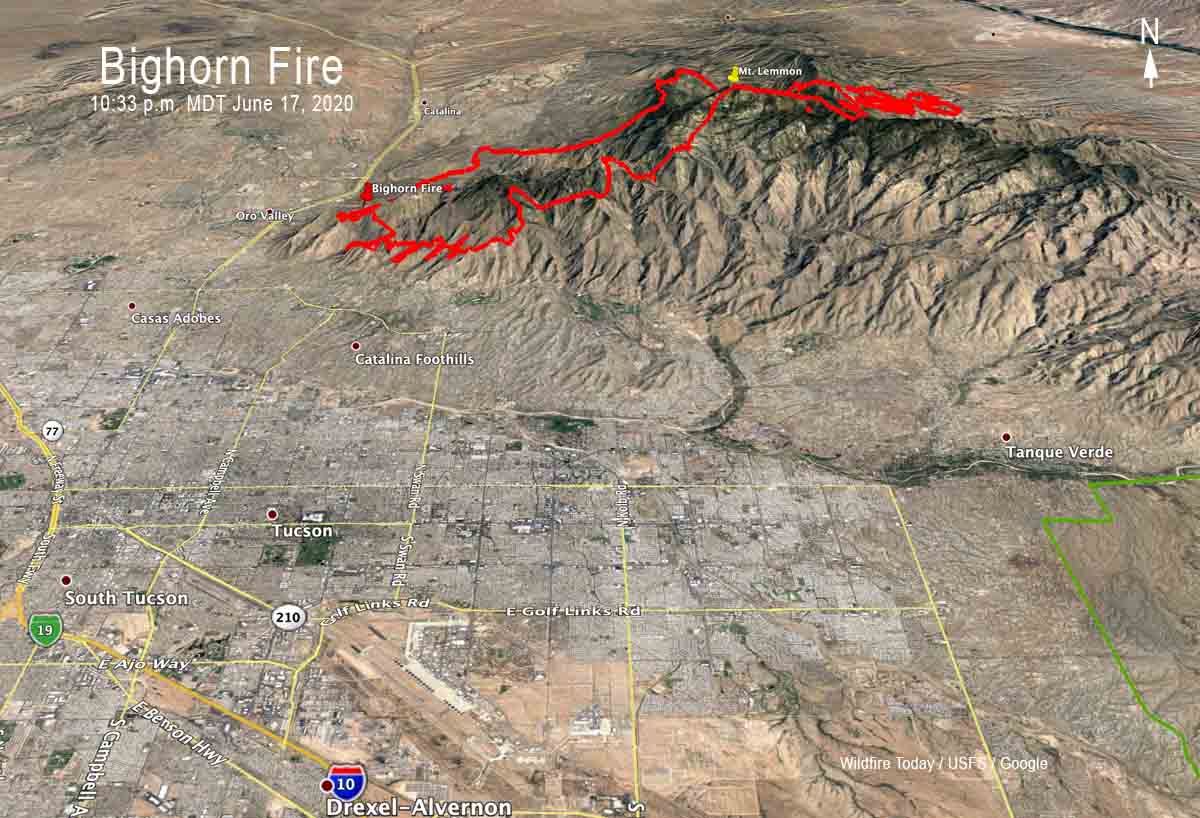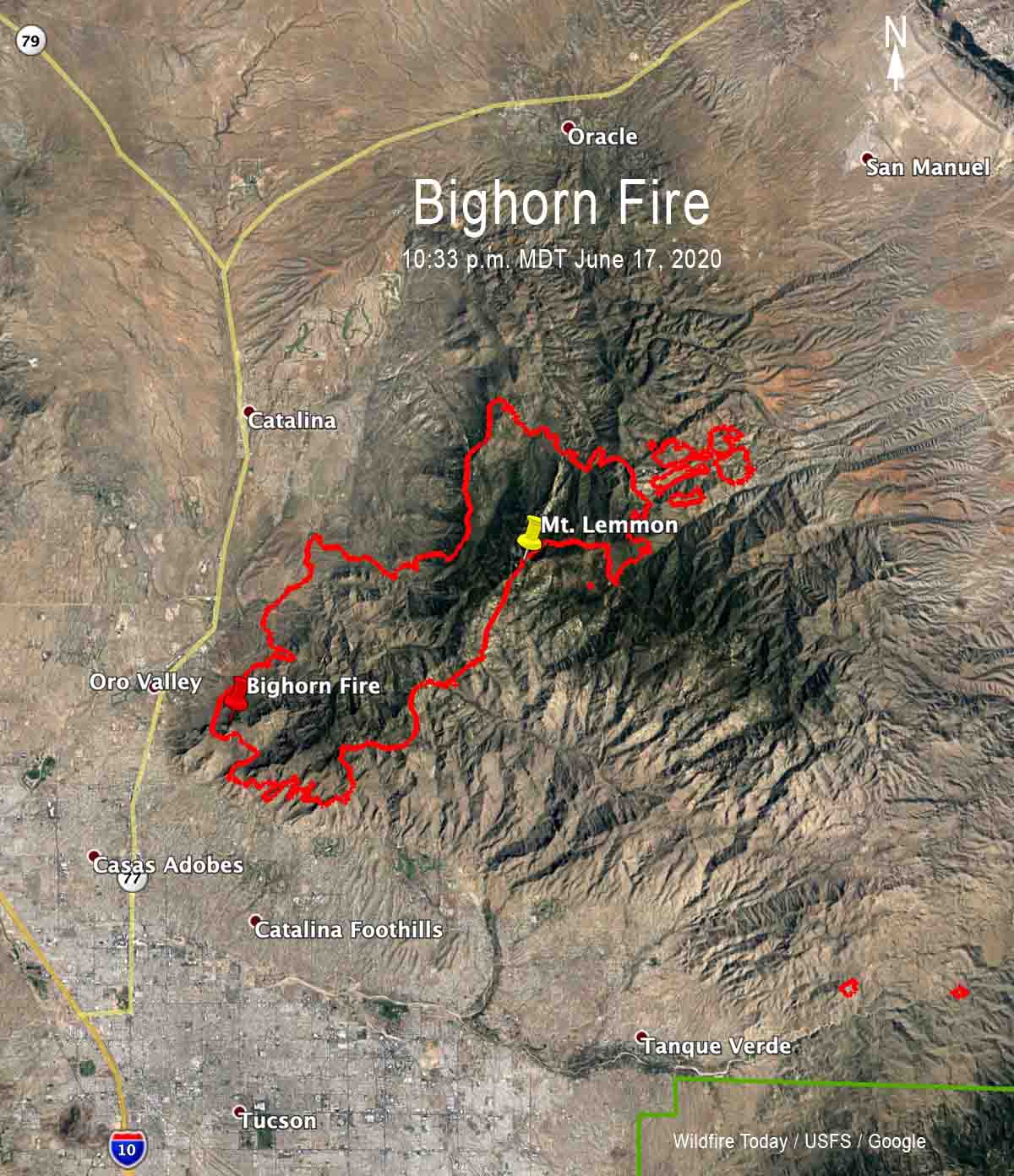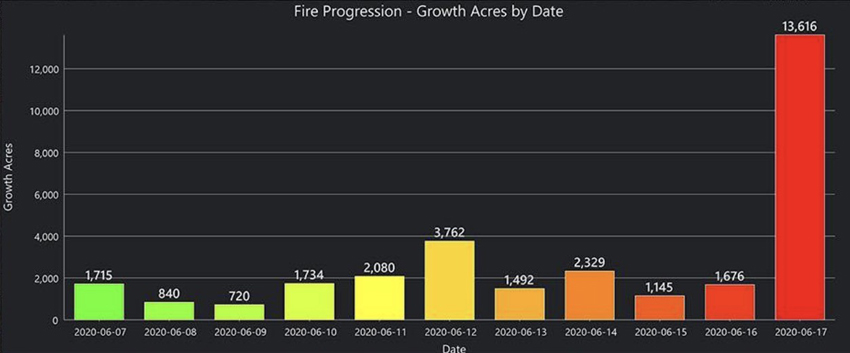(UPDATED at 3:36 p.m. MDT June 25, 2020)
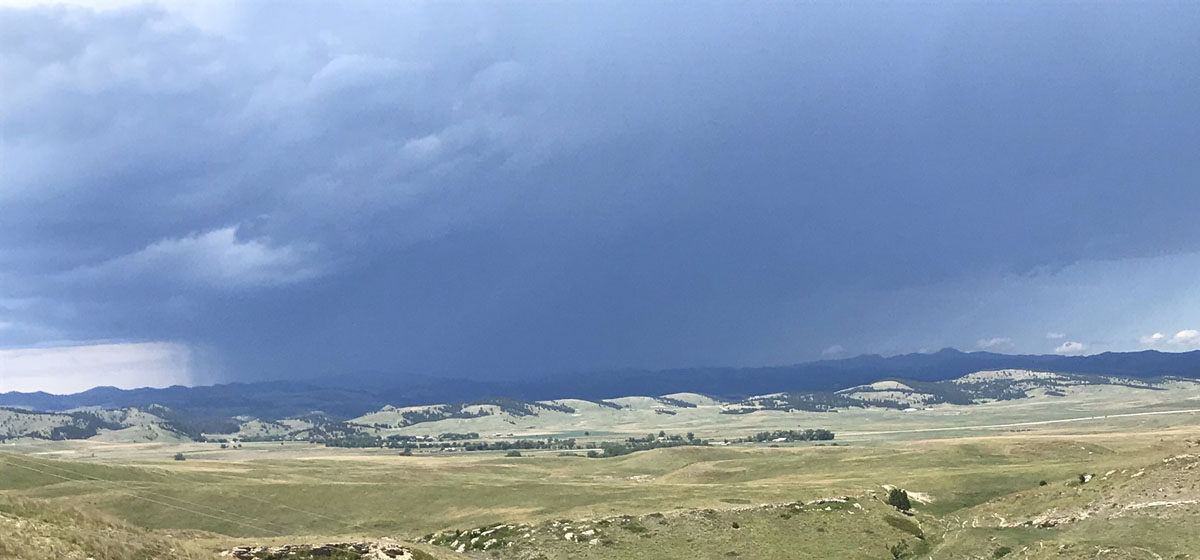
Custer State Park announced that as of 2 p.m. today the Mine Draw Fire is 100 percent contained. We are waiting to hear if the Governor has declared it officially contained.
That was around the time that a very large thunderstorm cell was centered over the fire. As of 3:18 p.m. 0.25″ of rain had been measured at the Custer State Park airport.
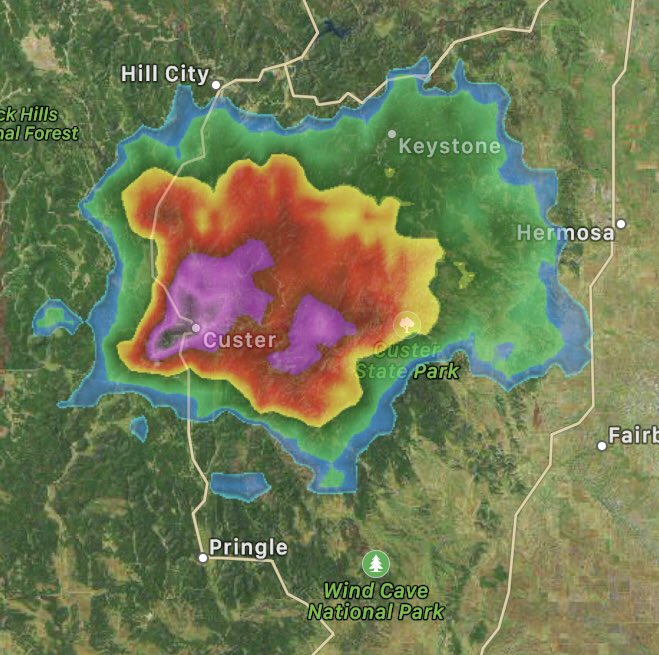
(UPDATED at 12:14 p.m. MDT June 25, 2020)
The only official information available today about the Mine Draw Fire was issued by the South Dakota Governor’s office. The update said the fire has burned 60 acres, which is a decrease from the Wednesday afternoon estimate of 150 acres.
The fire was reported at 11:19 a.m. June 24 in Custer State Park six miles south of Mount Rushmore.
The statement from the Governor’s office said that in addition to the hand crews and fire engines, there are two Type 1 helicopters and one air attack plane on scene for a total of 117 personnel. Yesterday three Type 1 Hotshot crews were at the fire or en route.
A resident near the fire said that last night the wind in the fire area was calm and there was not much smoke. Another person who was farther way could clearly see the smoke column yesterday but early this morning none was visible.
The weather station at the Custer State Park airport recorded a maximum relative humidity overnight of 70 percent. At 11:18 a.m. MDT today it had dropped to 39 percent, the temperature was 83, and the wind was 12 mph out of the northeast gusting up to 21 mph. The forecast for the fire area at 5 p.m. calls for the temperature going down to 73, humidity 54 percent, and increasing cloud cover with showers and thunderstorms likely.
With the overnight conditions, the forecast, and the resources on hand, the firefighters could have a good chance of stopping the spread of the 60-acre fire today.
(UPDATED at 8:15 p.m. MDT June 24, 2020)
Two additional hotshot crews are en route to the Mine Draw Fire east of Custer, South Dakota — the Roosevelt Hotshots from Colorado and the Wyoming Hotshots.
The fire is half a mile north of the Legion Lake Fire that burned 54,000 acres in December, 2017.
The South Dakota Governor’s senior advisor and policy director, Maggie Seidel, said at 8:15 p.m. MDT Wednesday that the fire has burned 150 acres.
The customary system for distributing information about wildfires in the Black Hills is with local agency information officers coordinated through the Great Plains Interagency Dispatch Center. But for this fire, information is being controlled by Governor Kristi Noem’s office.
(Originally published at 5:37 p.m. MDT June 24, 2020)
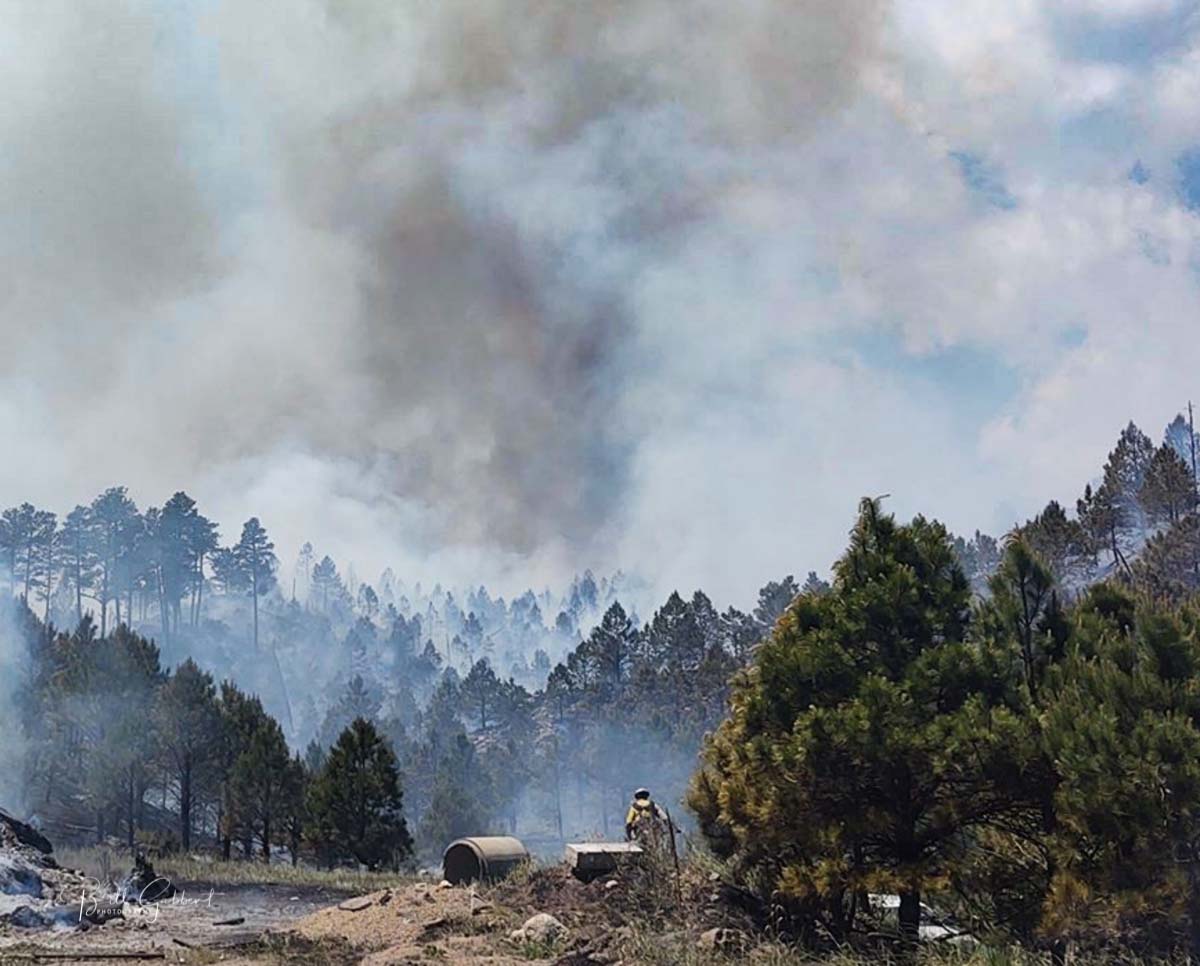
Firefighters in the Black Hills are attacking a fire that was discovered at 11:19 Wednesday morning in Custer State Park six miles south of Mount Rushmore.
The Mine Draw Fire had grown to 150 acres by 4:30 p.m. and was being attacked by firefighters on the ground and in the air north of Highway 16A and east of Highway 87. The blaze is west of the Custer State Park maintenance shop on the north side of 87 and seven miles east of Custer.
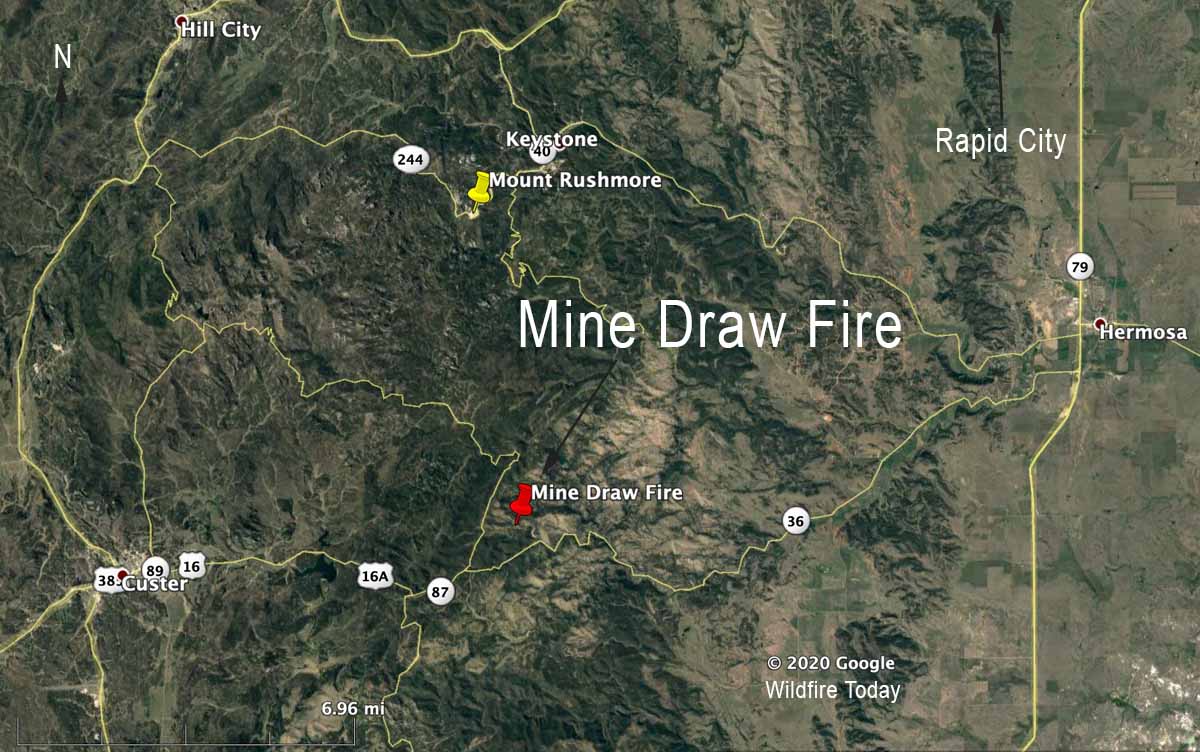
Scott Jacobson, a spokesperson for the Great Plains Interagency Dispatch Center said firefighting resources working on the fire included fire engines from several agencies, dozers, and the Tatanka Hotshots.
A variety of firefighting aircraft were seen over the fire Wednesday afternoon:
- Two large air tankers: T-02, a BAe-146; and T-162, an RJ85; they were dispatched from Pueblo, CO and Rocky Mountain Metropolitan Airport near Denver, respectively.
- Three Single Engine Air tankers, all Air Tractor 802s;
- Two helicopters, a Sikorsky S-61A and an Airbus AS50;
- Plus a lead plane and air attack.
The air tankers were refilling with retardant the Rapid City Air Tanker Base at the Regional Airport.

The Black Hills are in a moderate drought, and the weather Wednesday has been on the high side of moderate from a firefighters’ point of view. Since the fire started, the weather station not far away at the Custer State Park airport has recorded temperatures in the mid 80s, relative humidity around 30 percent, and winds out of the east or northeast at 4 to 8 mph gusting at 12 to 16 mph.
The Mount Rushmore area in the Black Hills of South Dakota is currently in “Moderate Drought”. pic.twitter.com/k85qLn4tL8
— Wildfire Today ? (@wildfiretoday) June 24, 2020

